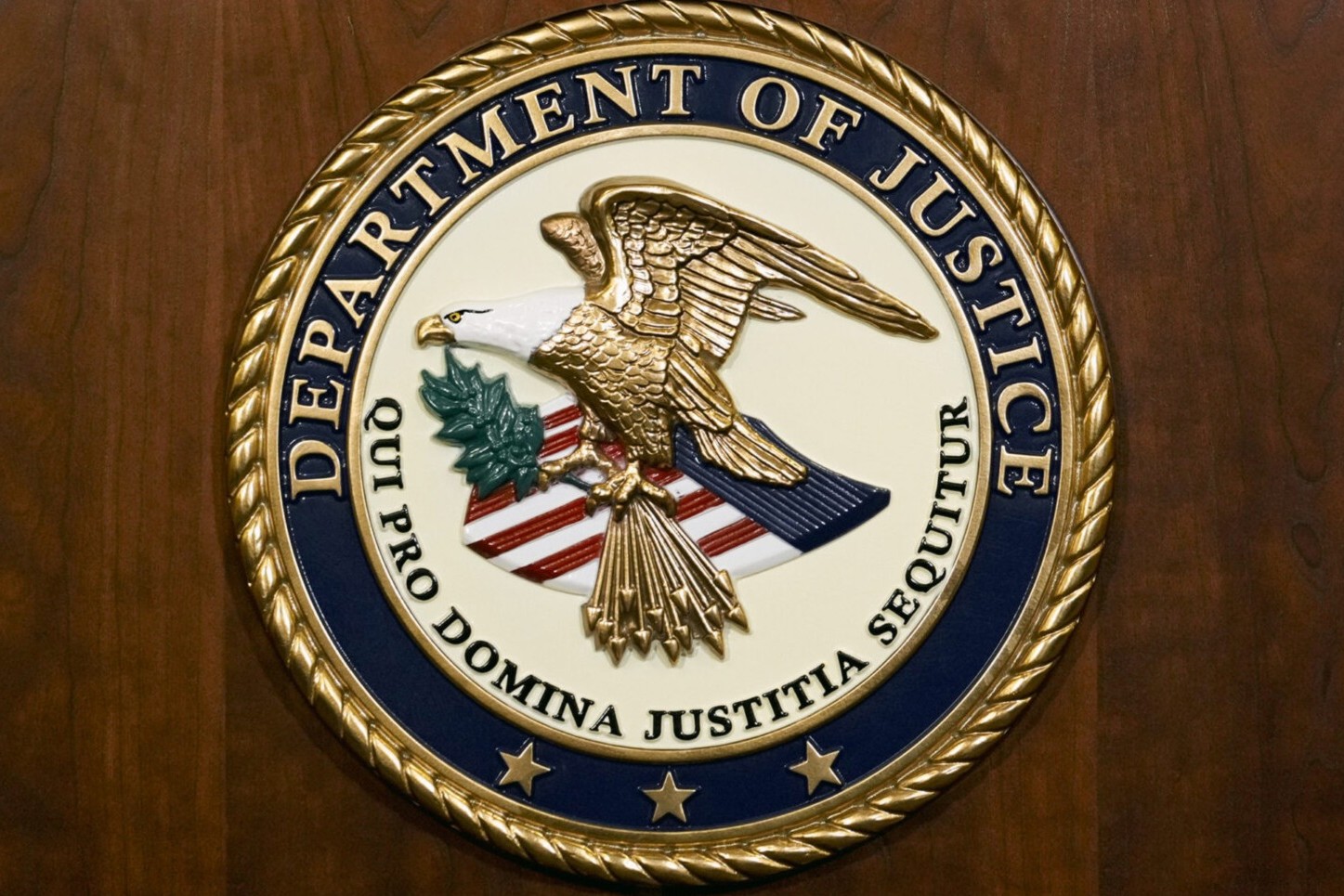Steve Burns
WMAL.com
WASHINGTON – (WMAL) After a tense debate to even include it in its study, the Metropolitan Washington Council of Governments’ Transportation Planning Board has found a new upper Potomac crossing, from Montgomery County into Loudoun County, would have little impact on the region’s projected congestion by 2040.
The new bridge was one of ten proposals studied by TPB’s Long Range Task Force, envisioning which initiatives and projects would make the biggest dent in the region’s chronic congestion, both on the roads and on the rails.
The debate over the bridge has simmered for decades, but was re-ignited again earlier this year when it was proposed to be included in the Task Force’s study. Many of the proponents came from Loudoun County, where the bridge would connect to growing communities like Ashburn and Sterling, as well as provide Marylanders with easier access to Dulles International Airport. Most in Montgomery County, however, have long opposed the bridge on grounds that it would increase sprawl and traffic, as well as get rammed through the county’s otherwise pristine Agricultural Preserve.
On Wednesday, TPB analyst Michael Grant found the bridge would only have modest impacts compared to other items in the study, slightly decreasing car delays, but only in certain areas. It also earned negative marks for its impact on the environment and maintenance costs.
Grant said a new bridge would only entice more people to get behind the wheel, adding to congestion elsewhere in the region.
“Some people are shifting from transit to driving,” he said. “There are also just some new trips generated as a result of the new infrastructure.”
The same was said of other road-based projects, like new express lanes and operational road improvements.
Loudoun County Supervisor Ron Meyer, a longtime bridge supporter, cautioned the analysis was only preliminary.
“You’re looking at, basically, a qualitative analysis that couldn’t have all that much in the way of numbers, facts, and data,” Meyer said. He took issue with the study’s finding that the bridge wouldn’t connect people to more jobs, noting it would bridge two job-heavy areas in Sterling and Rockville.
Montgomery County Councilmember Marc Elrich called the bridge’s response “worse than lukewarm.”
“There’s not much to recommend it,” Elrich told WMAL. “It’s not a game-changer if people are looking for game-changing solutions.”
Changes to the Metro system were also considered, including adding extensions to the ends of existing lines, and constructing a new tunnel into Rosslyn with increased capacity downtown. Those were also found to have relatively modest impacts.
The most transformational ideas, the study found, were less flashy things, including what it called Employer-Based Travel Demand Management.
“(That is) pulling more people into telecommuting, into transit and carpooling through work trips,” Grant explained. The study found 20 percent of the workforce telecommuting, combined with increased incentives to use transit and carpool would reduce daily vehicle delays by 24 percent by 2040.
Another high-impact initiative, according to the study, is a push to reform land use practices.
“We saw some very substantial benefits from the regional land use balance assumptions,” Grant said. “Really bringing more of a jobs-housing balance into the region, bringing jobs and housing closer together so we have shorter trip lengths.”
Stewart Schwartz of the Coalition for Smarter Growth said the findings represent a “vindication” of his group’s ideals.
“Land use can be done much more cost-effectively, by the private sector,” he said. “We just need to set the rules of the game right so that we can promote housing near jobs and jobs near where we can have housing.”
Copyright 2017 WMAL.com. All Rights Reserved. (Photo: Pixabay)





















